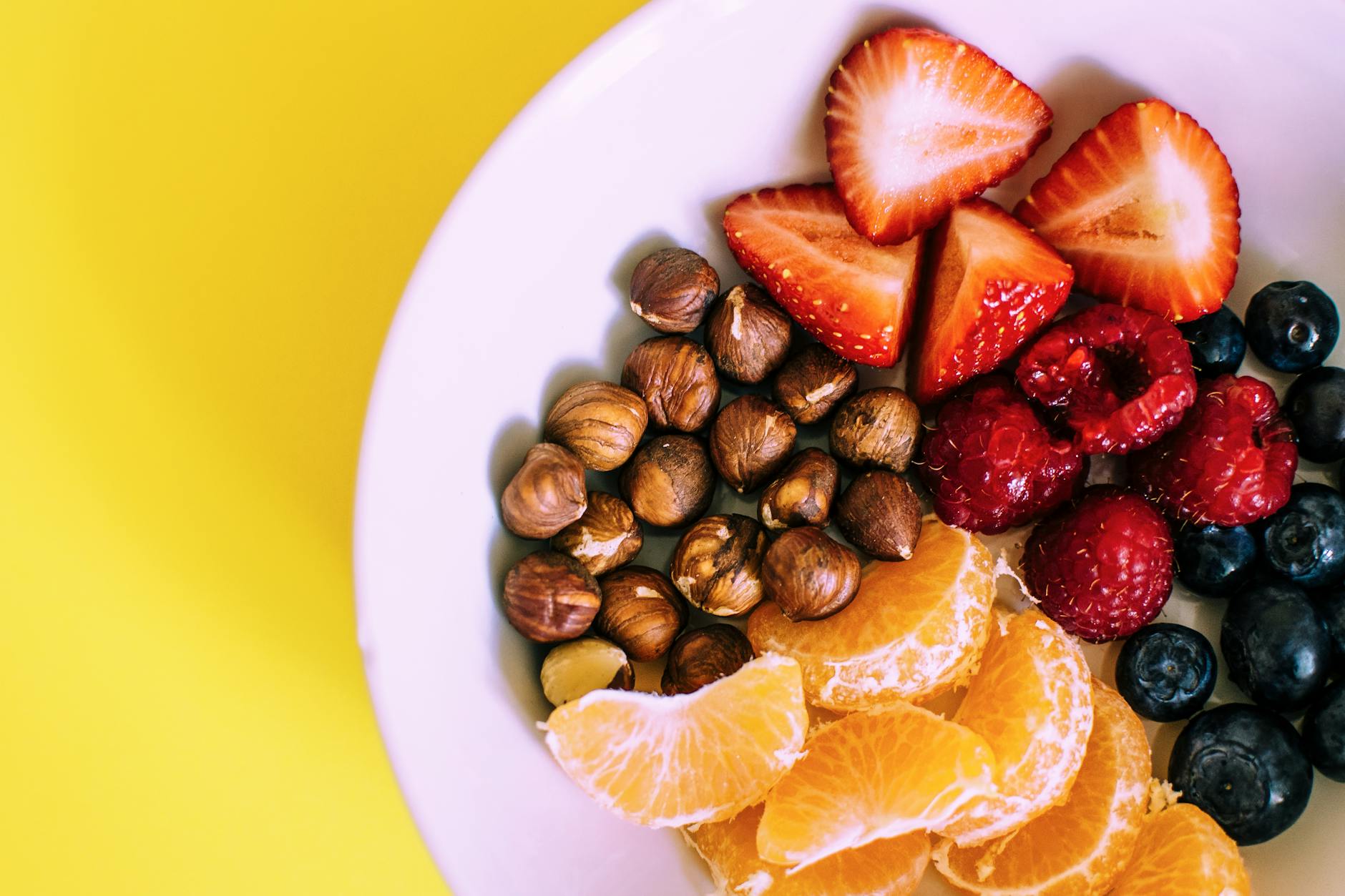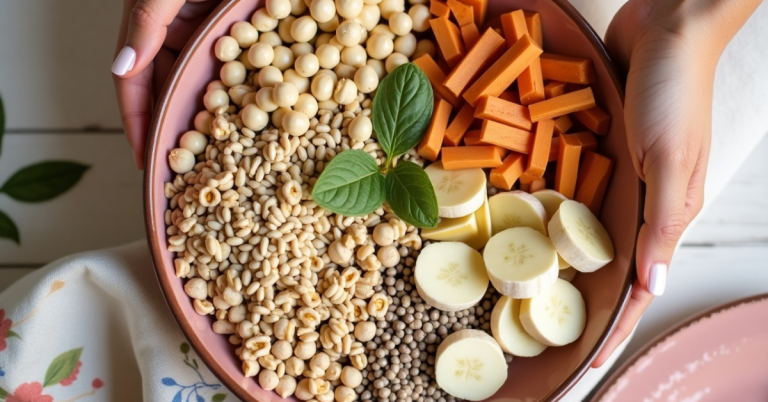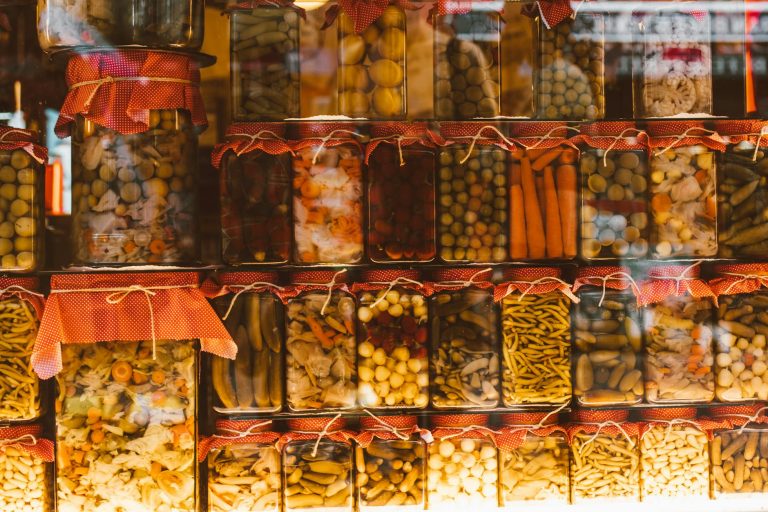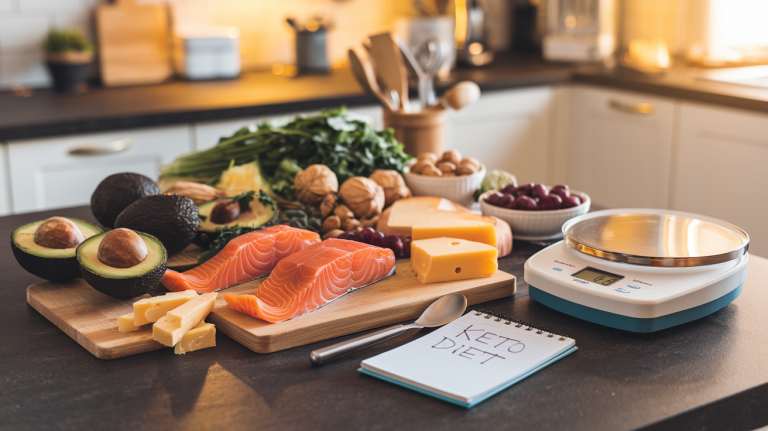Managing Diabetes with Diet: 10 Low-Glycaemic Snack Ideas

Are you tired of feeling like your diabetes is controlling your life? 🍽️ Do you find yourself constantly worrying about what to eat and how it will affect your blood sugar levels? If so, you’re not alone. Millions of people worldwide struggle with managing their diabetes through diet, often feeling overwhelmed and frustrated.
But what if we told you there’s a simple, delicious solution? 🌟 Introducing low-glycaemic snacks – your new secret weapon in the battle against blood sugar spikes. These tasty treats not only satisfy your cravings but also help keep your glucose levels in check. In this blog post, we’ll explore 10 mouthwatering low-GI snack ideas that will revolutionize your diabetes management routine.
From understanding the importance of snacking for diabetics to discovering nutrient-rich, fiber-packed, and protein-loaded options, we’ve got you covered. We’ll even share some guilt-free sweet treats and tips on portion control, preparation, and customization. So, are you ready to take control of your diabetes and enjoy snacking again? Let’s dive in and explore these game-changing low-glycaemic snack ideas that will transform your approach to managing diabetes through diet! 🍎🥑🥕
Understanding Low-Glycaemic Snacks
Definition of glycaemic index
The glycaemic index (GI) is a crucial concept for managing diabetes through diet. It’s a numerical scale that ranks carbohydrate-containing foods based on how quickly they raise blood glucose levels. Foods are classified as low, medium, or high GI:
| GI Range | Classification | Effect on Blood Sugar |
|---|---|---|
| 0-55 | Low GI | Slow, gradual rise |
| 56-69 | Medium GI | Moderate rise |
| 70-100 | High GI | Rapid, sharp rise |
Benefits for diabetes management
Low-GI snacks offer several advantages for individuals with diabetes:
- Improved blood sugar control
- Reduced insulin spikes
- Increased satiety and reduced hunger
- Better weight management
- Lowered risk of diabetes-related complications
How low-GI snacks stabilize blood sugar
Low-GI snacks help stabilize blood sugar levels by:
- Providing a slow, steady release of glucose into the bloodstream
- Reducing the need for large amounts of insulin
- Preventing rapid blood sugar fluctuations
- Supporting consistent energy levels throughout the day
By choosing low-GI snacks, individuals with diabetes can maintain more stable blood glucose levels, which is essential for long-term health and diabetes management. This approach aligns with the overall goal of diabetes care: maintaining blood sugar within a target range to prevent complications and improve quality of life.
Importance of Snacking for Diabetics
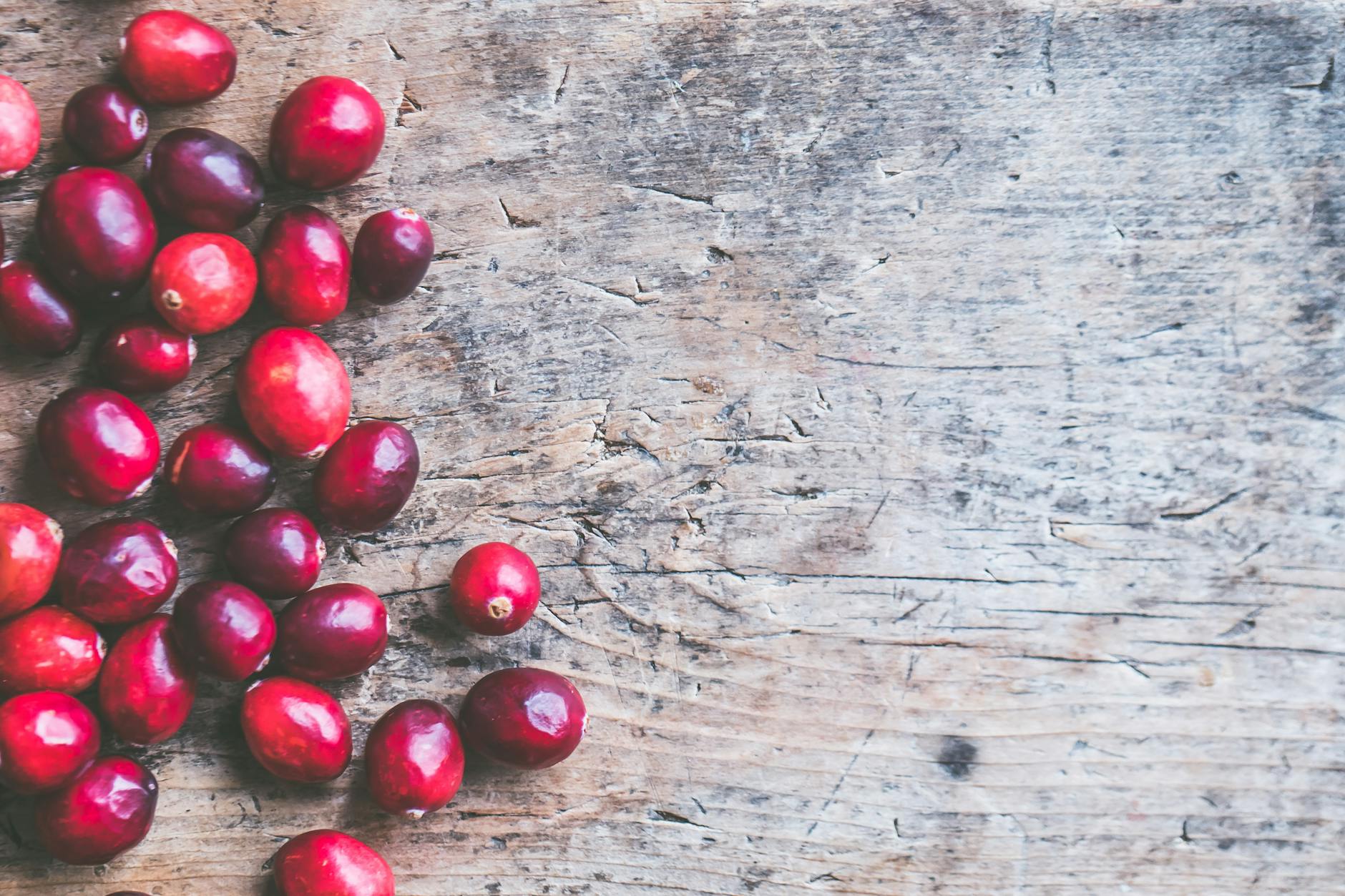
Maintaining steady glucose levels
Snacking plays a crucial role in managing diabetes by helping to maintain steady blood glucose levels throughout the day. By consuming small, balanced snacks between meals, diabetics can avoid sudden spikes or drops in blood sugar. This strategy helps to:
- Prevent hypoglycemia (low blood sugar)
- Reduce the risk of hyperglycemia (high blood sugar)
- Maintain consistent energy levels
Here’s a comparison of blood glucose levels with and without strategic snacking:
| Time | Without Snacking | With Strategic Snacking |
|---|---|---|
| 8 AM | Normal | Normal |
| 11 AM | Low | Steady |
| 2 PM | High | Steady |
| 5 PM | Low | Steady |
Preventing overeating at meals
Strategic snacking can help prevent overeating during main meals by:
- Reducing extreme hunger
- Stabilizing appetite hormones
- Promoting better portion control
When blood sugar levels are steady, individuals are less likely to experience intense cravings or make impulsive food choices. This approach supports better overall diabetes management and weight control.
Boosting energy throughout the day
Regular, balanced snacks can provide a consistent source of energy, which is especially important for diabetics. Benefits include:
- Improved mental focus and concentration
- Enhanced physical performance
- Reduced fatigue and irritability
By choosing nutrient-dense, low-glycaemic snacks, diabetics can maintain stable energy levels without compromising their blood sugar control. This strategy supports a more active and productive lifestyle while managing diabetes effectively.
Nutrient-Rich Low-GI Snack Ideas

Greek yogurt with berries
Greek yogurt paired with berries is an excellent low-glycaemic snack option for diabetics. This combination offers a perfect balance of protein, healthy fats, and fiber, which helps regulate blood sugar levels.
| Nutrient | Greek Yogurt | Berries |
|---|---|---|
| Protein | High | Low |
| Fiber | Low | High |
| Vitamins | B12, Calcium | C, K |
| GI Index | Low | Low |
Apple slices with almond butter
This snack combination provides a satisfying crunch with a creamy protein boost. Apples are rich in fiber and have a low glycaemic index, while almond butter offers healthy fats and protein.
- Choose crisp apple varieties like Granny Smith or Fuji
- Opt for unsweetened, natural almond butter
- Portion control: 1 medium apple with 1-2 tablespoons of almond butter
Hummus with vegetable sticks
Hummus, made from chickpeas, is a fiber-rich, low-GI food that pairs perfectly with crunchy vegetable sticks. This snack is not only satisfying but also packed with nutrients.
- Vegetables to try: carrots, celery, bell peppers, cucumber
- Make homemade hummus to control ingredients
- Add spices like cumin or paprika for extra flavor
Hard-boiled eggs
Hard-boiled eggs are a convenient, protein-packed snack with virtually no impact on blood sugar levels. They’re versatile and can be prepared in advance for quick snacking.
- Boil a batch of eggs at the start of the week
- Pair with a small piece of fruit or whole-grain crackers for added nutrients
- Sprinkle with herbs or spices for variety
Now that we’ve explored these nutrient-rich, low-GI snack ideas, let’s move on to some fiber-packed options that can further help manage blood sugar levels.
Fiber-Packed Low-GI Options
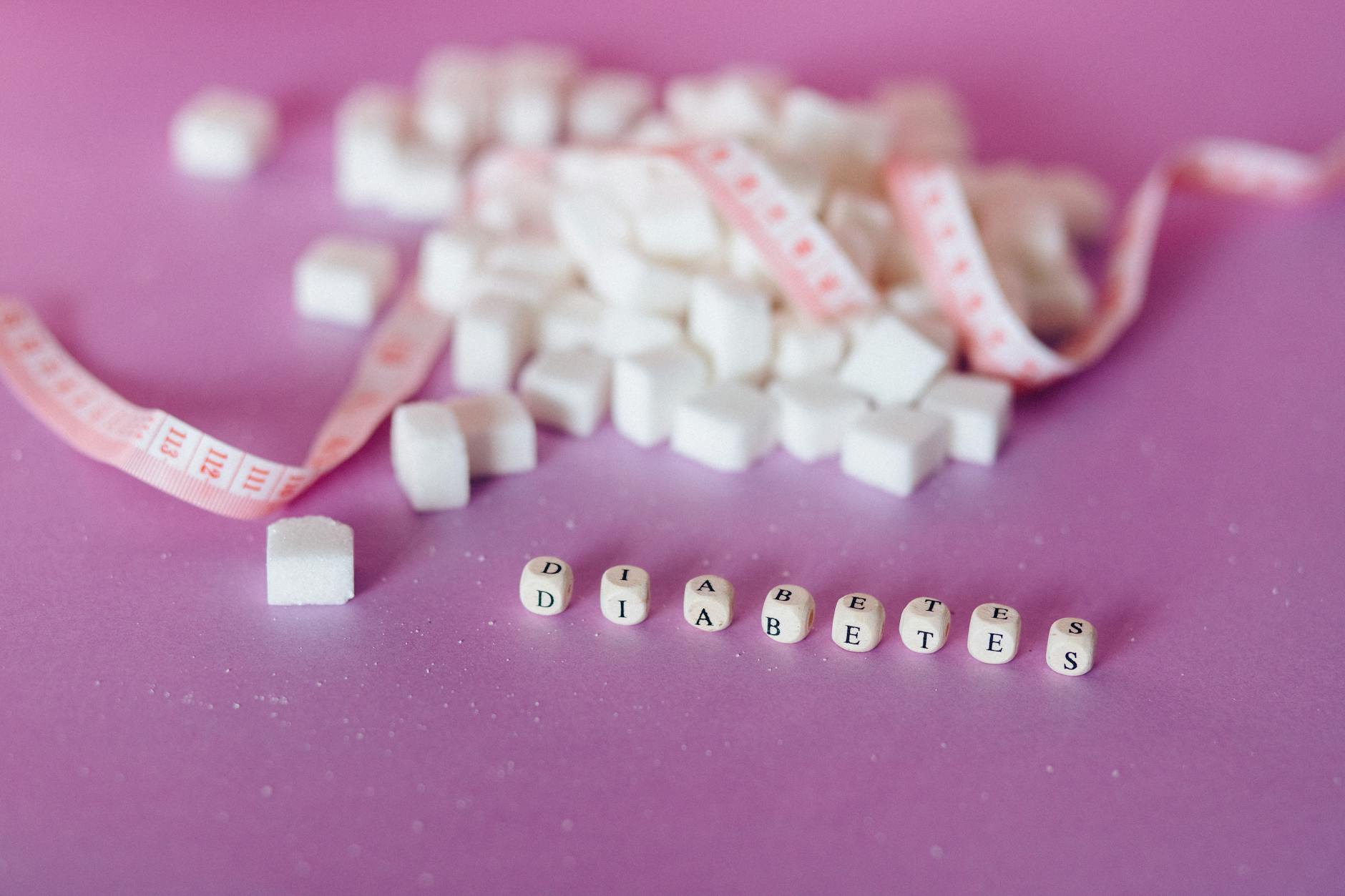
Chia seed pudding
Chia seed pudding is a versatile and nutrient-dense snack that’s perfect for managing diabetes. This low-glycemic option is packed with fiber, which helps slow down glucose absorption and promotes better blood sugar control.
Recipe and Nutritional Benefits
| Ingredient | Amount | Benefits |
|---|---|---|
| Chia seeds | 2 tbsp | High in fiber and omega-3 fatty acids |
| Unsweetened almond milk | 1/2 cup | Low in carbs, rich in vitamin E |
| Cinnamon | 1/4 tsp | May help lower blood sugar levels |
| Berries (optional) | 1/4 cup | Adds antioxidants and natural sweetness |
Mix ingredients and refrigerate overnight. This simple recipe provides a satisfying texture and can be customized with various toppings.
Homemade trail mix with nuts and seeds
Creating your own trail mix allows you to control the ingredients and avoid added sugars often found in store-bought versions. This snack combines protein, healthy fats, and fiber for sustained energy.
- Almonds: Rich in magnesium, which may improve insulin sensitivity
- Pumpkin seeds: High in zinc, supporting immune function
- Walnuts: Contain alpha-lipoic acid, potentially beneficial for diabetics
- Unsweetened coconut flakes: Adds flavor without spiking blood sugar
Avocado on whole-grain crackers
This savory snack combines healthy fats from avocado with the complex carbohydrates of whole-grain crackers. Avocados are low in carbohydrates and high in monounsaturated fats, which can help improve insulin sensitivity.
Now that we’ve explored these fiber-packed options, let’s move on to some protein-rich low-GI snacks that can further diversify your diabetic-friendly snack repertoire.
Protein-Rich Low-GI Snacks
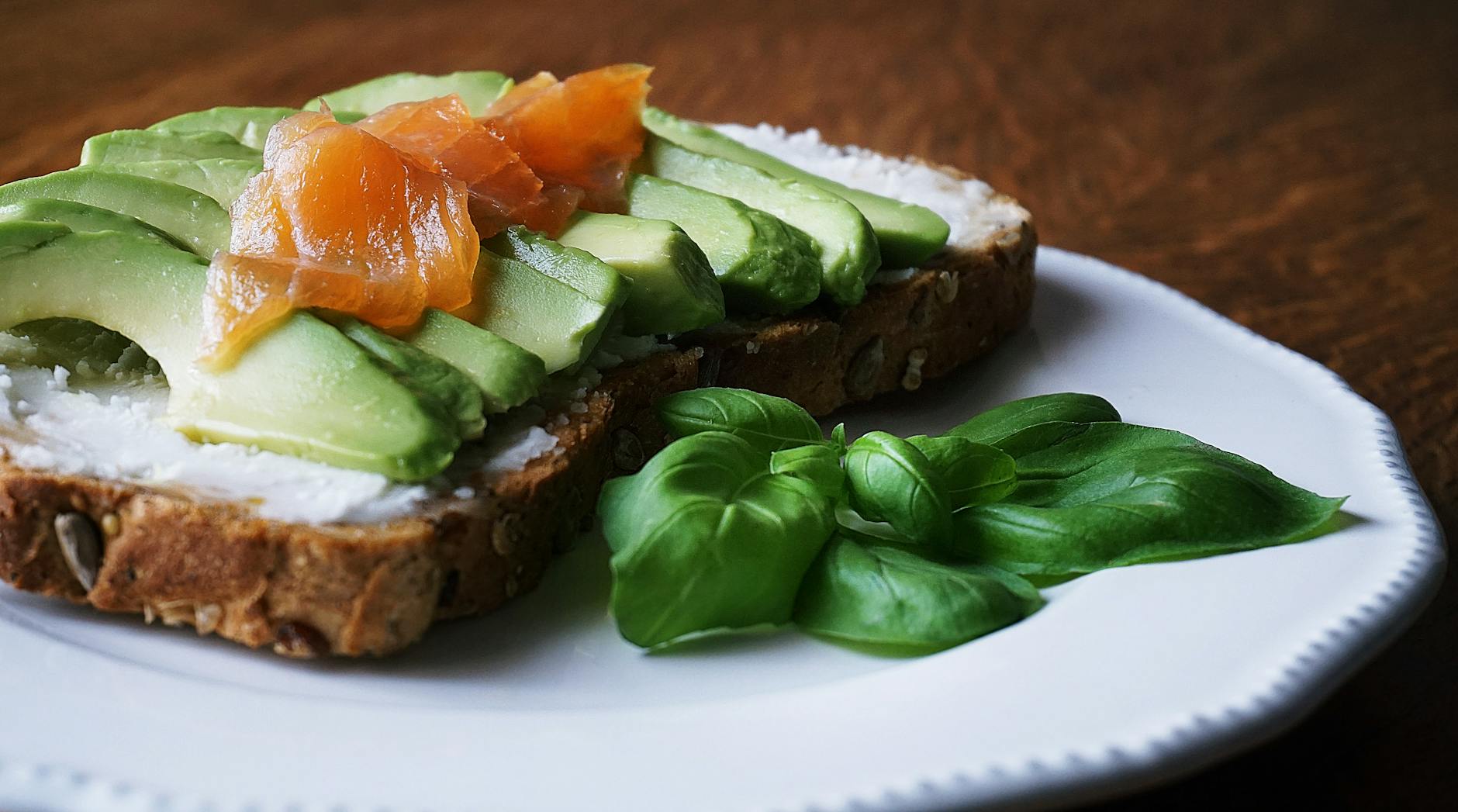
Tuna salad in cucumber boats
Protein-rich snacks are essential for managing diabetes, and tuna salad in cucumber boats is an excellent low-glycaemic option. This snack combines lean protein with a refreshing, low-carb vegetable, making it both satisfying and blood sugar-friendly.
To prepare:
- Mix canned tuna with Greek yogurt, diced celery, and a squeeze of lemon
- Hollow out cucumber halves
- Fill the cucumber “boats” with the tuna mixture
| Nutrient | Amount per serving |
|---|---|
| Protein | 15g |
| Carbs | 5g |
| Fiber | 2g |
Turkey and cheese roll-ups
Another protein-packed, low-GI snack option is turkey and cheese roll-ups. This snack is quick to prepare and provides a good balance of protein and healthy fats.
How to make:
- Layer thin slices of turkey breast
- Add a slice of low-fat cheese
- Roll up and secure with a toothpick
- Optional: add a leaf of lettuce or spinach for extra nutrients
Edamame beans
Edamame beans are a plant-based protein powerhouse that’s naturally low on the glycaemic index. These young soybeans are not only rich in protein but also provide fiber and essential vitamins and minerals.
Serving suggestions:
- Steam and lightly salt for a simple snack
- Add to salads or stir-fries
- Blend into a hummus-like dip
These protein-rich, low-GI snacks offer variety and nutrition while helping to maintain stable blood sugar levels. Next, we’ll explore some sweet treats that have a low glycaemic impact, perfect for satisfying cravings without compromising diabetes management.
Sweet Treats with Low Glycaemic Impact

Dark chocolate (70% or higher)
For those with a sweet tooth, dark chocolate with 70% or higher cocoa content is an excellent low-glycaemic treat. Rich in antioxidants and flavonoids, dark chocolate offers potential health benefits while satisfying cravings. Here’s a comparison of different chocolate types:
| Chocolate Type | Cocoa Content | Glycaemic Impact | Health Benefits |
|---|---|---|---|
| Dark (70%+) | 70-100% | Low | High |
| Milk | 30-50% | Moderate | Moderate |
| White | 0% | High | Low |
Frozen grapes
Frozen grapes are a refreshing and naturally sweet snack with a low glycaemic impact. They’re easy to prepare and offer a satisfying crunch. Benefits of frozen grapes include:
- Natural sweetness without added sugars
- High water content for hydration
- Rich in antioxidants and vitamins
- Portion-controlled snacking
Cinnamon-spiced roasted chickpeas
For a savory-sweet option, try cinnamon-spiced roasted chickpeas. This fiber-rich snack offers a satisfying crunch and a warm, comforting flavor. Here’s a simple recipe:
- Rinse and dry canned chickpeas
- Toss with olive oil, cinnamon, and a touch of stevia
- Roast at 400°F (200°C) for 20-30 minutes
- Cool and enjoy
These sweet treats provide diabetic-friendly options without compromising on taste or satisfaction. Next, we’ll explore the importance of portion control and timing when incorporating these snacks into your diet.
Portion Control and Timing
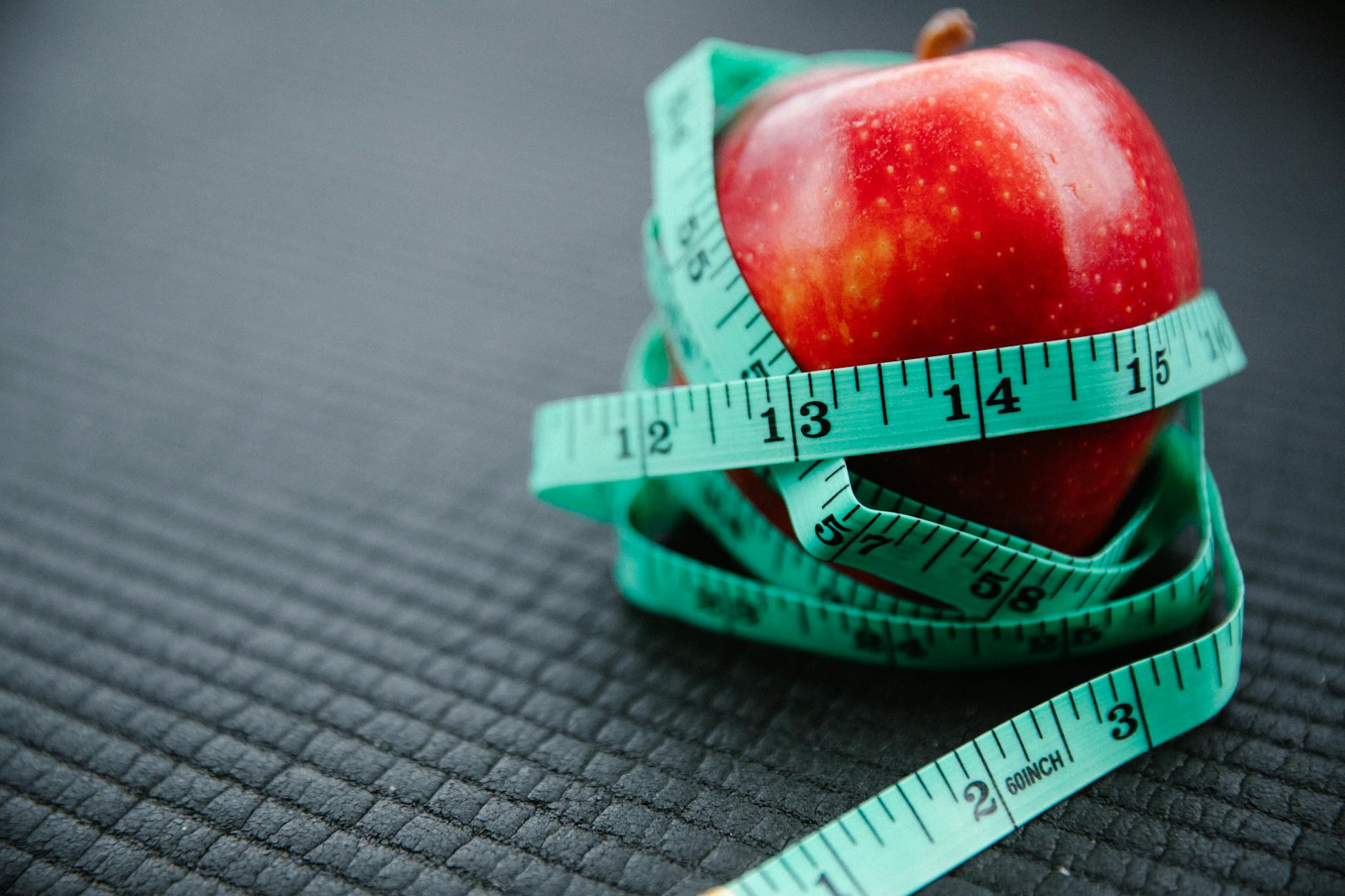
Ideal snack serving sizes
When managing diabetes, portion control is crucial for maintaining stable blood sugar levels. Here’s a guide to ideal serving sizes for low-glycaemic snacks:
| Snack Type | Ideal Serving Size |
|---|---|
| Nuts | 1 oz (28g) or 1/4 cup |
| Fresh fruit | 1 small piece or 1/2 cup |
| Vegetables | 1 cup raw or 1/2 cup cooked |
| Greek yogurt | 6 oz (170g) |
| Cheese | 1 oz (28g) or 1 slice |
Remember, these are general guidelines. Always consult with your healthcare provider for personalized advice.
Best times to snack for blood sugar control
Timing your snacks strategically can help maintain steady blood sugar levels throughout the day. Consider these optimal snacking times:
- Mid-morning: 2-3 hours after breakfast
- Mid-afternoon: 2-3 hours after lunch
- Before bedtime: If blood sugar tends to drop overnight
Balancing snacks with meals
To effectively incorporate snacks into your meal plan:
- Space snacks evenly between meals
- Adjust meal portions to accommodate snacks
- Combine carbohydrates with protein or healthy fats for better blood sugar control
By mastering portion control and timing, you can enjoy satisfying snacks while managing your diabetes effectively. Next, we’ll explore how to prepare and store these low-GI snacks for convenience and freshness.
Preparing and Storing Low-GI Snacks
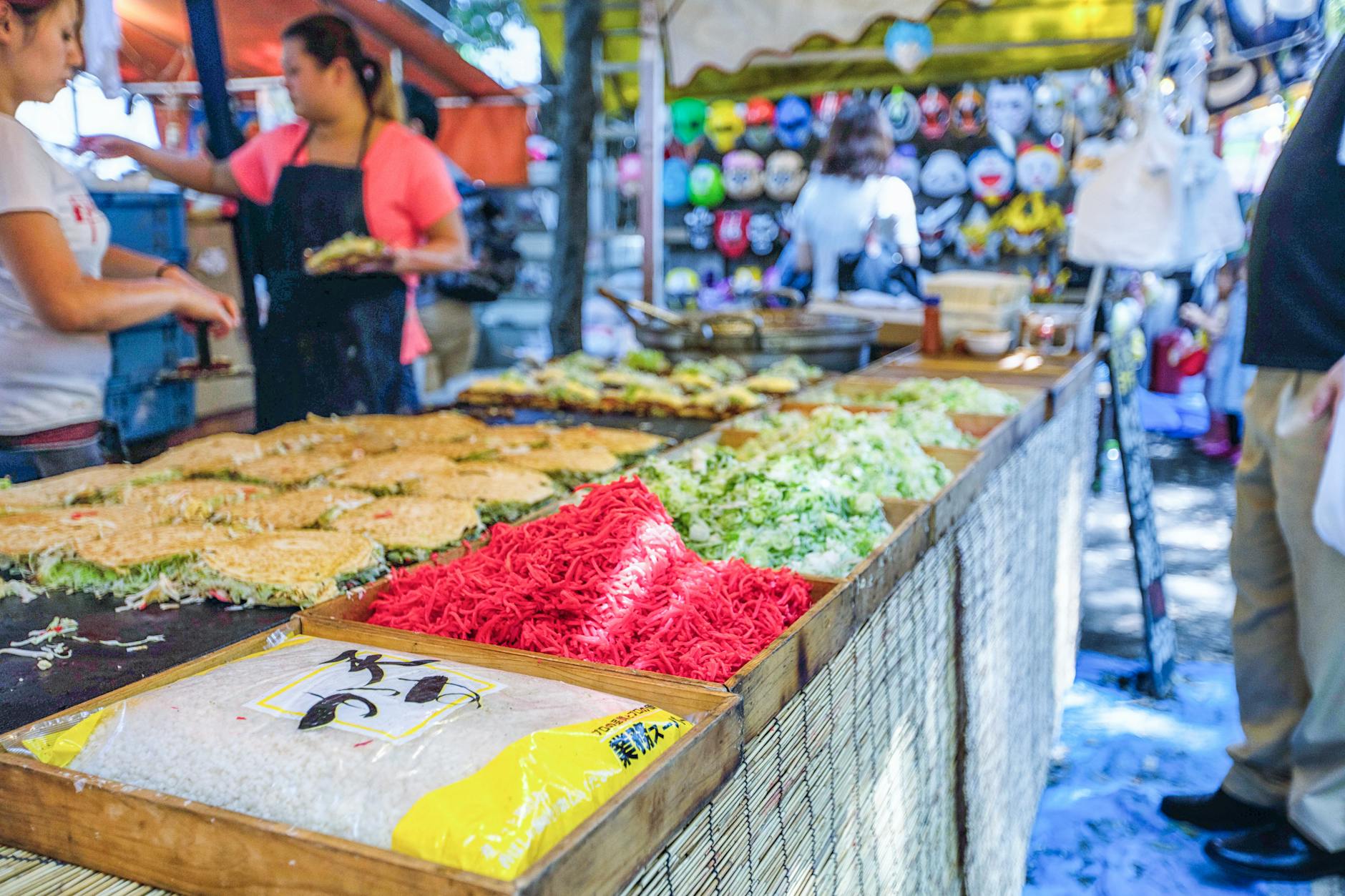
Meal prep strategies for busy schedules
Effective meal prep is crucial for maintaining a healthy low-GI diet, especially for those with hectic schedules. Here are some strategies to help you stay on track:
- Batch cooking: Prepare larger quantities of low-GI foods and portion them for the week
- Use a slow cooker: Set it up in the morning for ready-to-eat meals later
- Pre-cut vegetables: Store them in airtight containers for quick snack assembly
- Portion out snacks: Use small containers or bags for grab-and-go options
| Day | Prep Task | Snack Ideas |
|---|---|---|
| Sunday | Batch cook quinoa, chop veggies | Veggie sticks with hummus |
| Wednesday | Prepare hard-boiled eggs, slice cheese | Egg and cheese roll-ups |
| Friday | Cut fruits, portion nuts | Mixed fruit with almonds |
Portable snack ideas for on-the-go
When you’re always on the move, having portable low-GI snacks is essential. Consider these options:
- Trail mix with nuts, seeds, and a small amount of dried fruit
- Greek yogurt parfait in a mason jar with berries and chia seeds
- Whole grain crackers with pre-portioned cheese slices
- Apple slices with individual almond butter packets
Proper storage for maintaining freshness
To ensure your low-GI snacks stay fresh and safe to eat, follow these storage tips:
- Use airtight containers to prevent spoilage
- Store cut fruits and vegetables with a damp paper towel to maintain moisture
- Keep nuts and seeds in cool, dark places to prevent rancidity
- Refrigerate perishable items like yogurt and cheese at proper temperatures
Now that you have these preparation and storage strategies, let’s explore how to customize snacks for individual needs and preferences.
Customizing Snacks for Individual Needs
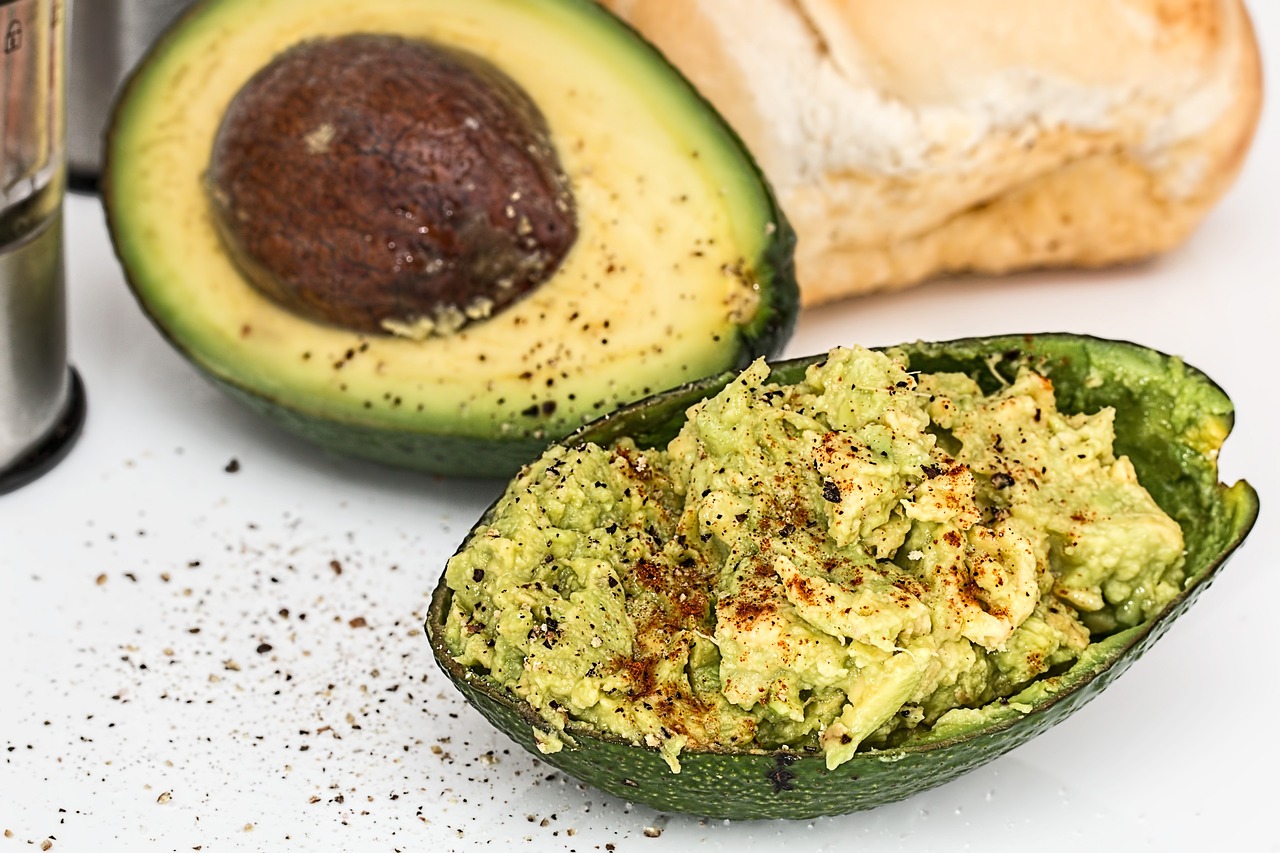
Considering personal taste preferences
When it comes to customizing low-glycaemic snacks, personal taste preferences play a crucial role in ensuring long-term adherence to a diabetes-friendly diet. By tailoring snacks to individual likes and dislikes, people with diabetes can enjoy their food while maintaining healthy blood sugar levels.
| Taste Preference | Low-GI Snack Ideas |
|---|---|
| Sweet | Berries, Greek yogurt with cinnamon |
| Savory | Hummus with veggie sticks, roasted chickpeas |
| Crunchy | Nuts, air-popped popcorn |
| Creamy | Avocado toast, cottage cheese with cucumber |
Addressing specific dietary restrictions
Many individuals with diabetes may have additional dietary restrictions due to allergies, intolerances, or other health conditions. It’s essential to consider these factors when customizing low-GI snacks:
- Gluten-free: Rice cakes with almond butter, gluten-free oat bars
- Dairy-free: Coconut yogurt with chia seeds, homemade trail mix
- Nut-free: Roasted edamame, hard-boiled eggs with sliced tomatoes
- Vegan: Lentil chips with guacamole, vegetable sushi rolls
Consulting with a nutritionist or dietitian
For personalized guidance on creating the perfect low-GI snack plan:
- Schedule regular consultations
- Discuss your food preferences and restrictions
- Get tailored recommendations based on your health goals
- Learn about proper portion sizes and timing
- Receive education on reading food labels and understanding glycaemic index
A professional can help you develop a customized snack plan that not only manages your diabetes but also satisfies your taste buds and meets your unique nutritional needs.
Incorporating Low-GI Snacks into Daily Routine
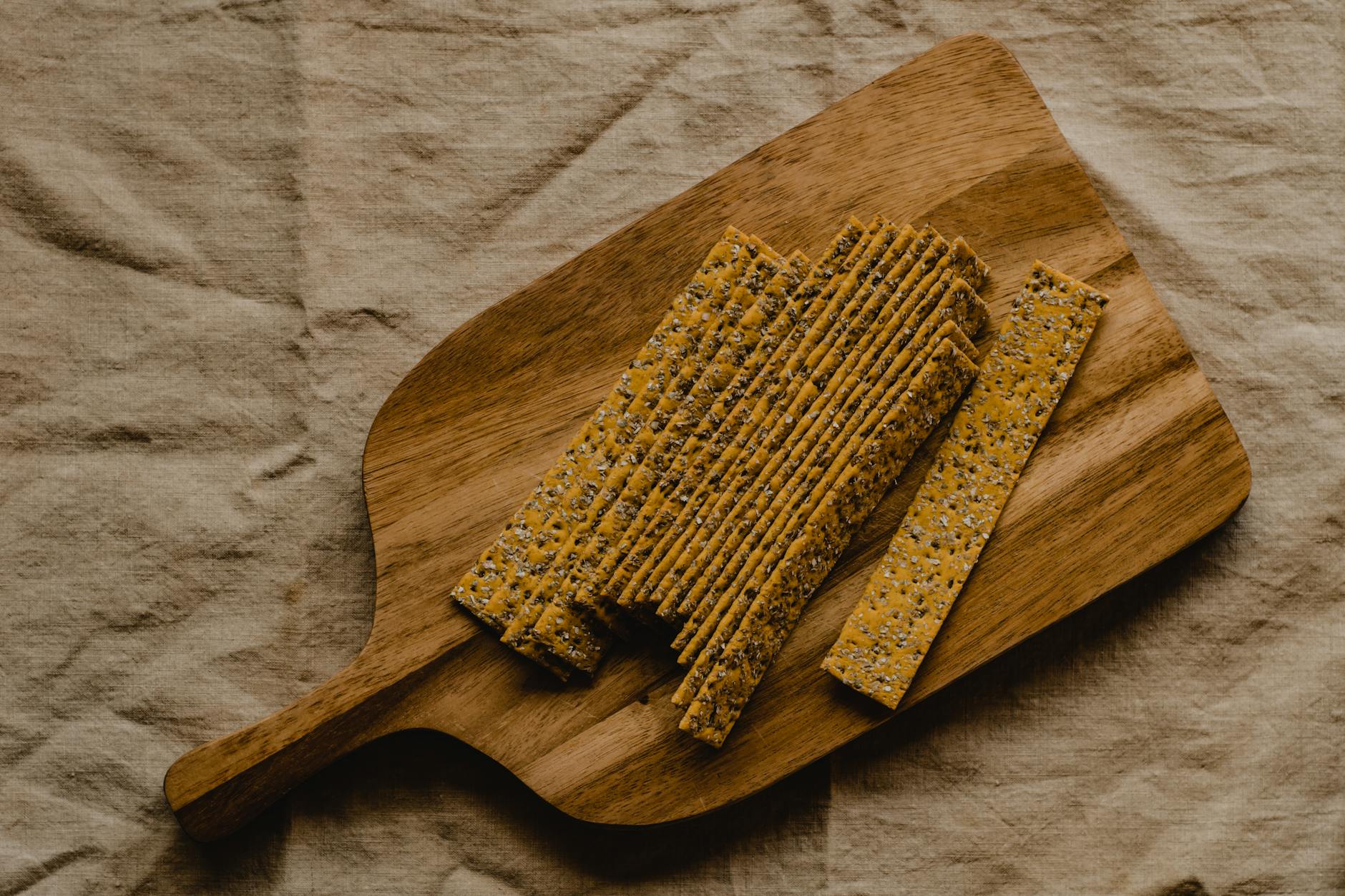
Gradual transition to healthier options
Introducing low-GI snacks into your daily routine doesn’t have to be an overwhelming process. Start by replacing one high-GI snack with a low-GI alternative each week. This gradual approach allows your taste buds to adjust and helps create sustainable habits. Consider the following strategy:
- Week 1: Replace afternoon chips with mixed nuts
- Week 2: Swap morning pastry for Greek yogurt with berries
- Week 3: Switch evening ice cream for a small apple with almond butter
By the end of a month, you’ll have successfully integrated four new low-GI snacks into your routine.
Overcoming common snacking challenges
Adopting new snacking habits can present challenges. Here’s how to address common obstacles:
| Challenge | Solution |
|---|---|
| Cravings for high-GI snacks | Keep low-GI alternatives readily available |
| Lack of time for preparation | Pre-portion snacks for the week ahead |
| Eating out | Carry portable low-GI snacks like nuts or hard-boiled eggs |
| Social gatherings | Bring a low-GI dish to share |
Monitoring blood sugar response to new snacks
As you introduce new low-GI snacks, it’s crucial to monitor how they affect your blood sugar levels. Keep a food and blood glucose diary to track:
- Snack consumed
- Portion size
- Time of day
- Pre-snack blood glucose level
- Post-snack blood glucose level (2 hours after)
This data will help you and your healthcare provider fine-tune your snacking strategy for optimal blood sugar control. Remember, individual responses can vary, so what works for others may not work for you. With consistent monitoring and adjustment, you’ll discover the low-GI snacks that best suit your body and lifestyle.
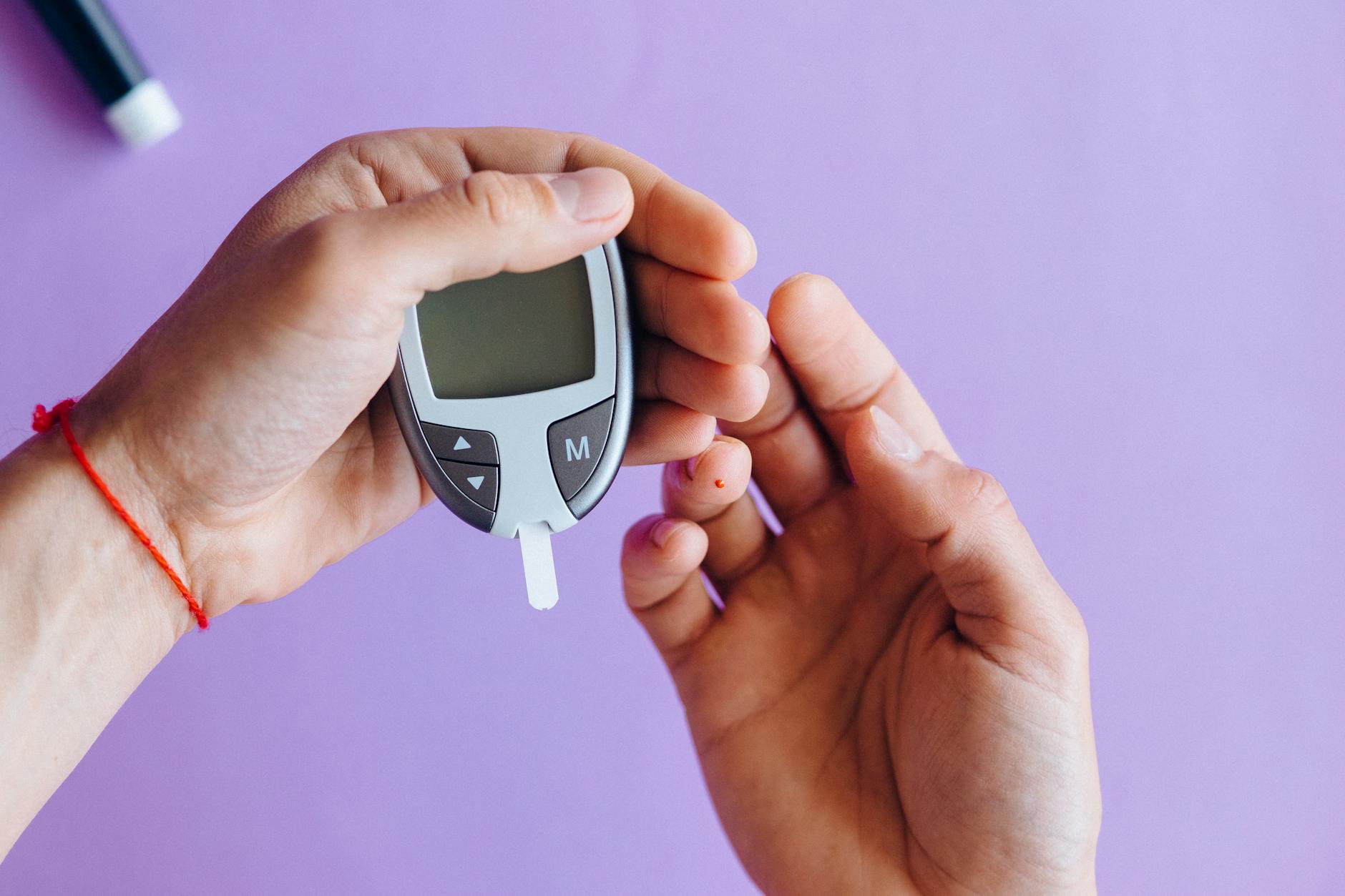
Managing diabetes through a balanced diet doesn’t mean giving up on tasty snacks. By incorporating low-glycaemic options into your daily routine, you can maintain stable blood sugar levels while enjoying delicious and satisfying treats. From nutrient-rich choices to fiber-packed options and protein-rich alternatives, there’s a wide variety of snacks to suit every palate and dietary requirement.
Remember, the key to successful diabetes management lies in portion control, timing, and customization. By preparing and storing low-GI snacks in advance and tailoring your choices to your individual needs, you can seamlessly integrate these healthier options into your lifestyle. Embrace these snack ideas as part of your overall diabetes management plan, and enjoy the benefits of better blood sugar control without sacrificing flavor or satisfaction.

